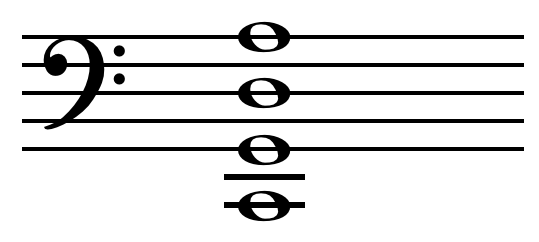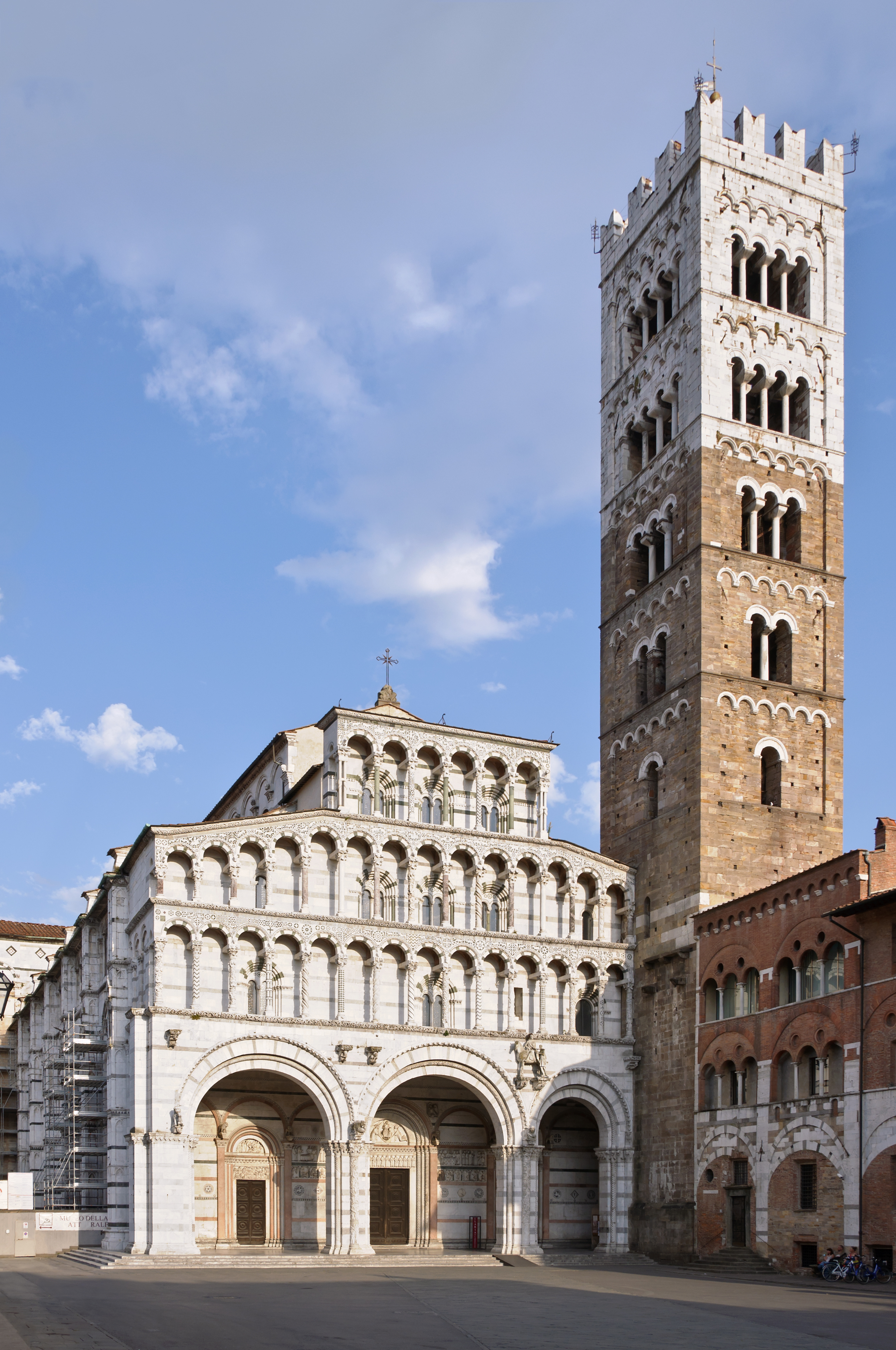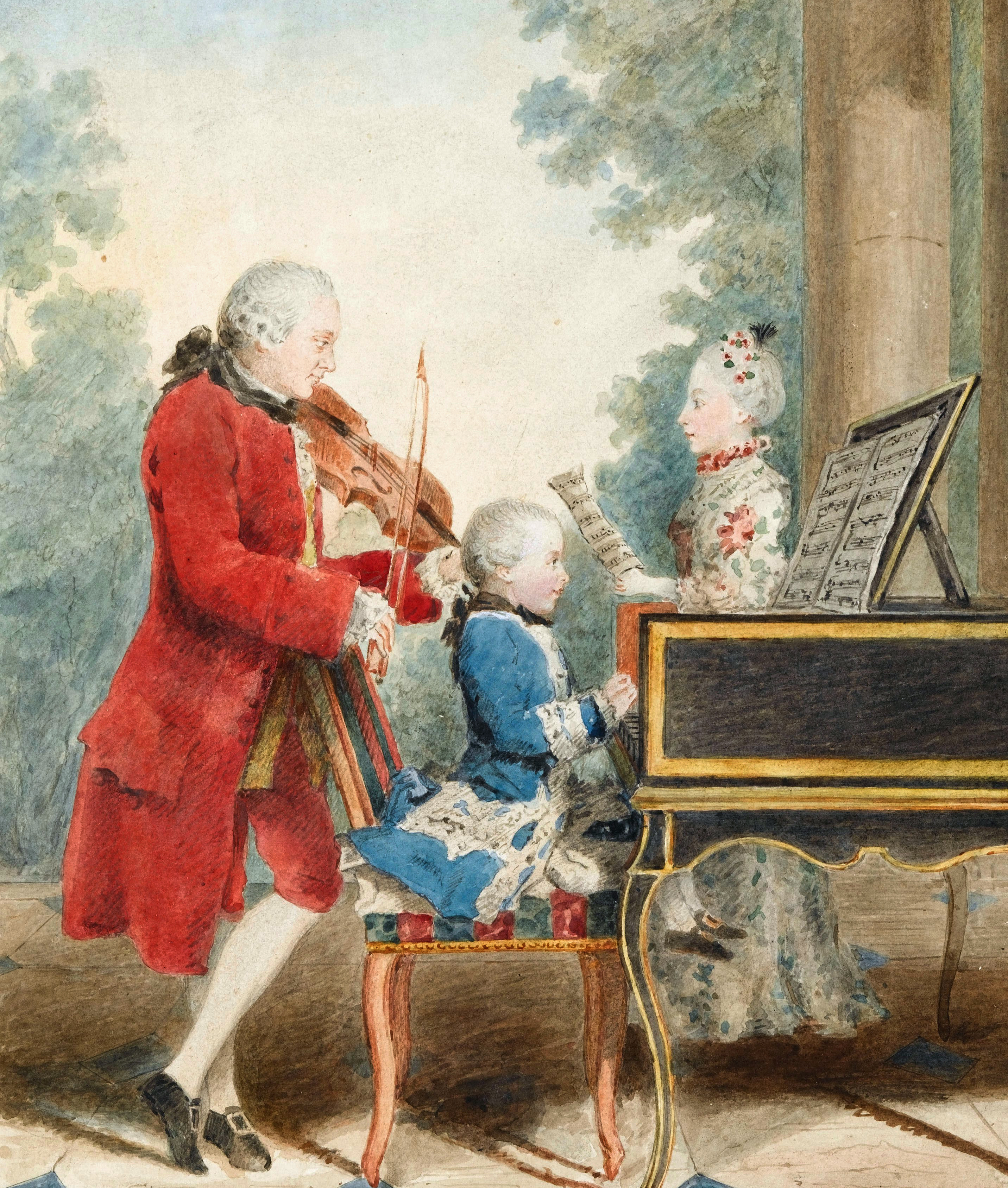|
Boccherini
Ridolfo Luigi Boccherini (, also , ; 19 February 1743 – 28 May 1805) was an Italian composer and cellist of the Classical era whose music retained a courtly and '' galante'' style even while he matured somewhat apart from the major classical musical centers. He is best known for a minuet from his String Quintet in E, Op. 11, No. 5 ( G 275), and the Cello Concerto in B flat major (G 482). The latter work was long known in the heavily altered version by German cellist and prolific arranger Friedrich Grützmacher, but has recently been restored to its original version. Boccherini's output also includes several guitar quintets. The final movement of the Guitar Quintet No. 4 in D (G 448) is a fandango, a lively Spanish dance. Biography Boccherini was born into a musical family in Lucca, Italy in 1743. He was the third child of Leopoldo Boccherini, a cellist and double-bass player, and the brother of Giovanni Gastone Boccherini, a poet and dancer who wrote libretti for Antoni ... [...More Info...] [...Related Items...] OR: [Wikipedia] [Google] [Baidu] |
Gérard Catalog
The following is a complete list of compositions of classical composer Luigi Boccherini (1743-1805). Boccherini's works were catalogued by the French musicologist Yves Gérard (1932–2020) in the ''Gérard catalog'', published in London (1969), hence the "G" numbers for his output. Cello sonatas *G 1: Cello Sonata in F major *G 2a: Cello Sonata in C minor *G 2b: Cello Sonata in C minor *G 3: Cello Sonata in C major *G 4a: Cello Sonata in A major *G 4b: Cello Sonata in A major *G 5: Cello Sonata in G major *G 6: Cello Sonata in C major *G 7: Cello Sonata in C major *G 8: Cello Sonata in B-flat major *G 10: Cello Sonata in E-flat major *G 11: Cello Sonata in E-flat major *G 12: Cello Sonata in B-flat major *G 13: Cello Sonata in A major *G 14: Cello Sonata in E-flat major *G 15: Cello Sonata in G major *G 16: Cello Sonata in E-flat major *G 17: Cello Sonata in C major *G 18: Cello Sonata in C minor (may also be for viola) *G 19: Cello Sonata in F major *G 562: Cello Sonata in ... [...More Info...] [...Related Items...] OR: [Wikipedia] [Google] [Baidu] |
Cello
The violoncello ( , ), commonly abbreviated as cello ( ), is a middle pitched bowed (sometimes pizzicato, plucked and occasionally col legno, hit) string instrument of the violin family. Its four strings are usually intonation (music), tuned in perfect fifths: from low to high, scientific pitch notation, C2, G2, D3 and A3. The viola's four strings are each an octave higher. Music for the cello is generally written in the bass clef; the tenor clef and treble clef are used for higher-range passages. Played by a ''List of cellists, cellist'' or ''violoncellist'', it enjoys a large solo repertoire Cello sonata, with and List of solo cello pieces, without accompaniment, as well as numerous cello concerto, concerti. As a solo instrument, the cello uses its whole range, from bass to soprano, and in chamber music, such as string quartets and the orchestra's string section, it often plays the bass part, where it may be reinforced an octave lower by the double basses. Figured bass music ... [...More Info...] [...Related Items...] OR: [Wikipedia] [Google] [Baidu] |
Antonio Salieri
Antonio Salieri (18 August 17507 May 1825) was an Italian composer and teacher of the classical period (music), classical period. He was born in Legnago, south of Verona, in the Republic of Venice, and spent his adult life and career as a subject of the Habsburg monarchy. Salieri was a pivotal figure in the development of late 18th-century opera. As a student of Florian Leopold Gassmann, and a protégé of Christoph Willibald Gluck, Salieri was a cosmopolitan composer who wrote operas in three languages. Salieri helped to develop and shape many of the features of operatic compositional vocabulary, and his music was a powerful influence on contemporary composers. Appointed the director of the Italian opera by the Habsburg court, a post he held from 1774 until 1792, Salieri dominated Italian-language opera in Vienna. During his career, he also spent time writing works for opera houses in Paris, Rome, and Venice, and his dramatic works were widely performed throughout Europe durin ... [...More Info...] [...Related Items...] OR: [Wikipedia] [Google] [Baidu] |
Cellist
The violoncello ( , ), commonly abbreviated as cello ( ), is a middle pitched bowed (sometimes pizzicato, plucked and occasionally col legno, hit) string instrument of the violin family. Its four strings are usually intonation (music), tuned in perfect fifths: from low to high, scientific pitch notation, C2, G2, D3 and A3. The viola's four strings are each an octave higher. Music for the cello is generally written in the bass clef; the tenor clef and treble clef are used for higher-range passages. Played by a ''List of cellists, cellist'' or ''violoncellist'', it enjoys a large solo repertoire Cello sonata, with and List of solo cello pieces, without accompaniment, as well as numerous cello concerto, concerti. As a solo instrument, the cello uses its whole range, from bass to soprano, and in chamber music, such as string quartets and the orchestra's string section, it often plays the bass part, where it may be reinforced an octave lower by the double basses. Figured bass music ... [...More Info...] [...Related Items...] OR: [Wikipedia] [Google] [Baidu] |
Cello Concerto No
The violoncello ( , ), commonly abbreviated as cello ( ), is a middle pitched bowed (sometimes plucked and occasionally hit) string instrument of the violin family. Its four strings are usually tuned in perfect fifths: from low to high, C2, G2, D3 and A3. The viola's four strings are each an octave higher. Music for the cello is generally written in the bass clef; the tenor clef and treble clef are used for higher-range passages. Played by a ''cellist'' or ''violoncellist'', it enjoys a large solo repertoire with and without accompaniment, as well as numerous concerti. As a solo instrument, the cello uses its whole range, from bass to soprano, and in chamber music, such as string quartets and the orchestra's string section, it often plays the bass part, where it may be reinforced an octave lower by the double basses. Figured bass music of the Baroque era typically assumes a cello, viola da gamba or bassoon as part of the basso continuo group alongside chordal instruments s ... [...More Info...] [...Related Items...] OR: [Wikipedia] [Google] [Baidu] |
Lucca
Città di Lucca ( ; ) is a city and ''comune'' in Tuscany, Central Italy, on the Serchio River, in a fertile plain near the Ligurian Sea. The city has a population of about 89,000, while its Province of Lucca, province has a population of 383,957. Lucca is known as an Italian "Città d'arte" (City of Art) from its intact Renaissance-era Walls of Lucca, city walls and its very well preserved historic center, where, among other buildings and monuments, are located the Piazza dell'Anfiteatro, which has its origins in the second half of the 1st century A.D., the Guinigi Tower, a tower that dates from the 14th century and the Cathedral of San Martino. The city is the birthplace of numerous world-class composers, including Giacomo Puccini, Alfredo Catalani, and Luigi Boccherini. Toponymy To the Ancient Rome, Ancient Romans, Lucca was known as ''Luca''. From more recent and concrete toponymic studies, the name Lucca has references that lead to "sacred grove" (Latin: ''lucus''), " ... [...More Info...] [...Related Items...] OR: [Wikipedia] [Google] [Baidu] |
Friedrich Grützmacher
Friedrich Wilhelm Ludwig Grützmacher (1 March 1832 – 23 February 1903) was a German cellist and composer in the second half of the 19th century. He composed mostly for cello (including several concertos and many technical studies), but also wrote orchestral pieces, chamber music, piano music and songs. Life Grützmacher was born in Dessau, Anhalt, and was first taught by his father. Soon he began studying cello with Dotzauer's pupil, Karl Drexler (1800–1873). In 1848, he was discovered in Leipzig by the famous violinist, Ferdinand David, who arranged some concerts for him. In 1850, he became solo cellist in the Leipzig theatre orchestra, the Gewandhaus Concerts, and professor at the Leipzig Conservatory. He played in the David String Quartet. In 1860, Grützmacher moved to Dresden to be principal cellist of the court orchestra, and head of the Dresden Musical Society. In 1877, he became a professor at the Dresden Conservatory. He concertized all over Europe and Imperial ... [...More Info...] [...Related Items...] OR: [Wikipedia] [Google] [Baidu] |
Fandango
Fandango is a lively partner dance originating in Portugal and Spain, usually in triple metre, triple meter, traditionally accompanied by guitars, castanets, tambourine or hand-clapping. Fandango can both be sung and danced. Sung fandango is usually bipartite: it has an instrumental introduction followed by "variaciones". Sung fandango usually follows the structure of "cante" that consist of four or five octosyllabic verses (coplas) or musical phrases (tercios). Occasionally, the first copla is repeated. The meter of fandango is similar to that of the bolero and seguidilla. It was originally notated in time, of slow tempo, mostly in the minor, with a trio in the major; sometimes, however, the whole was in a major key. Later it took the 3-4 tempo, and the characteristic Spanish rhythm. Origins The earliest fandango melody is found in the anonymous "Libro de diferentes cifras de guitarra" from 1705, and the earliest description of the dance itself is found in a 1712 letter by M ... [...More Info...] [...Related Items...] OR: [Wikipedia] [Google] [Baidu] |
Double-bass
The double bass (), also known as the upright bass, the acoustic bass, the bull fiddle, or simply the bass, is the largest and lowest-pitched chordophone in the modern symphony orchestra (excluding rare additions such as the octobass). It has four or five strings, and its construction is in between that of the gamba and the violin family. The bass is a standard member of the orchestra's string section, along with violins, violas, and cellos,''The Orchestra: A User's Manual'' , Andrew Hugill with the Philharmonia Orchestra as well as the , and is featured in concertos, solo, and ... [...More Info...] [...Related Items...] OR: [Wikipedia] [Google] [Baidu] |
Infante Luis Of Spain
Infante Luis, Count of Chinchón (Luis Antonio Jaime de Borbón y Farnesio; 25 July 1727 – 7 August 1785), known as the Cardinal Infante, was a Spanish infante and clergyman. He was a son of Philip V of Spain and his second wife, Elisabeth Farnese. He was cardinal deacon of the titular church of Santa Maria della Scala in Rome, archbishop of Toledo and as such primate of Spain. He is listed in the Guinness Book of World Records as the youngest-ever cardinal.McWhirter, Ross, McFarlan, Donald, Boehm, David A., and McWhirter, Norris. ''1990 Guinness Book of World Records''. Sterling Pub. Co. p. 270. Life Early years Luis Antonio Jaime de Borbón y Farnesio was born the youngest son of Philip V, King of Spain, and his second wife, Elisabeth Farnese. While barely eight years of age, Luis was created 699th Knight of the Order of the Golden Fleece in 1735 and ordained Archbishop of Toledo and Primate of Spain on 9 September 1735, and subsequently named Cardinal-Priest of the Ti ... [...More Info...] [...Related Items...] OR: [Wikipedia] [Google] [Baidu] |
Classical Period (music)
The Classical period was an era of classical music between roughly 1750 and 1820. The classical period falls between the Baroque music, Baroque and Romantic music, Romantic periods. It is mainly Homophony, homophonic, using a clear melody line over a subordinate chordal accompaniment,Friedrich Blume, Blume, Friedrich. ''Classic and Romantic Music: A Comprehensive Survey''. New York: W. W. Norton, 1970 but counterpoint was by no means forgotten, especially in liturgical vocal music and, later in the period, secular instrumental music. It also makes use of ''Galant music, style galant'' which emphasizes light elegance in place of the Baroque's dignified seriousness and impressive grandeur. Variety and contrast within a piece became more pronounced than before, and the orchestra increased in size, range, and power. The harpsichord declined as the main keyboard instrument and superseded by the piano (or fortepiano). Unlike the harpsichord, which plucks strings with quills, pianos s ... [...More Info...] [...Related Items...] OR: [Wikipedia] [Google] [Baidu] |






